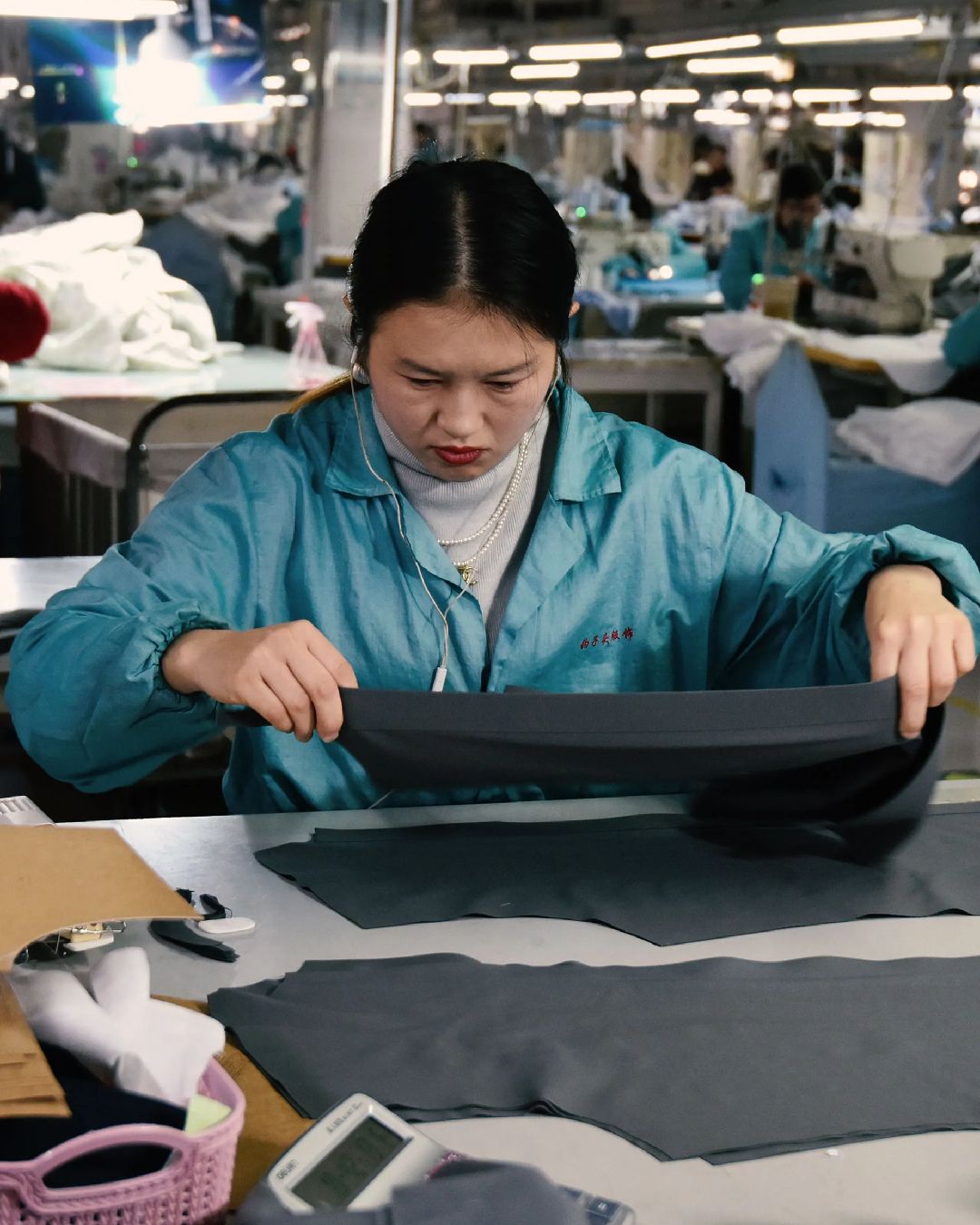
What is happening to the newsstands in Milan? And why the entire Italian publishing industry is in crisis
The streets of Milan are undergoing a transformation these days that could change the face of the city: seven newsstands will be removed in the coming weeks, as recently announced by the Municipality. The demolition of the first of these, located at Viale Molise 46, took place on February 1st, while others will follow by March, including some historical points for the life of their respective neighborhoods scattered throughout different areas of the city, such as Via Baroni 11, Via Sant'Ampellio 3, and Via Nono Luigi, just to name a few. This news is not isolated but rather fits into a broader picture of crisis affecting Milanese newsstands and, more generally, Italian publishing in a sort of trickle-down effect. In the last four years, according to MilanoToday, in the territory of the metropolitan city of Milan alone, 129 newsstands have been closed, a phenomenon in line with the national trend which has seen the disappearance of almost 2,700 of these businesses across the country – to the extent that in certain cases (the most sentimental, we dare say) some fashion entrepreneurs have intervened to "save" certain newsstands, as Dolce&Gabbana did in 2012 with the newsstand on Corso Venezia in Milan or, more recently, Patrizio Bertelli with the newsstand in Piazza San Jacopo in Arezzo or the same nss magazine that saved the newsstand in Piazza San Pasquale in Naples turning it into a hub for activations of the J'Adore Napoli project as well as a real newsstand where you can buy your newspapers.
Data collected by Unioncamere-InfoCamere using the business register highlights a 16% reduction in newsstands nationwide, with a decrease that reaches even 18% considering only individual firms. This phenomenon not only affects Milan but also involves various Italian regions, with particularly significant losses recorded in Lombardy, Piedmont, and Friuli-Venezia Giulia. The data highlight a series of structural challenges that newsstands are facing, including high rental costs and payments related to the occupation of public land and the growing crisis in the newspaper sector due to the rise of digital media. However, not all is lost for newsstands. Recent announcements concern the introduction of the Newsstand Bonus, an initiative designed to provide economic support to these activities. According to the Revenue Agency, the bonus can reach up to 2,000 euros, rising to 3,000 euros for exclusive retail outlets located in inland areas. This support is granted in exchange for certain activities carried out between January and December 2023, such as home delivery of newspapers, Sunday opening, and supplying publications to neighboring commercial establishments. This intervention could represent a first aid against the decline of newsstands, which however has its roots in the general decline of publishing whose quality of publications has been in a descending spiral for years due to a poorly managed transition to digital, and the increasing bias of the press that has also led newspaper journalists to lose authority, objectivity, and trust from the public, leading to the closure of various publications such as those of Cairo Editore which after a "loss of over 15 million euros in the last 10 years" stopped the publication of Airone, For Men, In Viaggio, Bell’Europa and Antiquariato last year.
The problems of Italian publishing
In addition to the case of Cairo, as reported on Il Fatto Quotidiano, the past year has not been rosy for the world of print media. The huge RCS Mediagroup, for example, lost 130.6 million euros from 2018 to 2022 with a 13.4% decrease in turnover. In 2023, the company Edime, publisher of La Gazzetta del Mezzogiorno in Bari, for example, closed all provincial editorial offices, leaving over 70 journalists and printers on temporary layoff until December, and recently the editorial committee of Repubblica expressed concern about the newspaper's situation, highlighting continuous losses of copies and subscriptions, as well as a lack of clear strategy in the digital sector which has also led to a strike by the editorial staff. These events are just the tip of the iceberg of a broader crisis affecting the entire publishing industry in Italy and around the world – think of the collapses of Vice Media and BuzzFeed News, for example, or the total chaos shaking Condè Nast which also prompted The Atlantic to talk about a "News-Media Meltdown". Over the past five years, sales of Italian newspapers at newsstands have decreased by over 900,000 copies, while paper subscriptions have experienced a 57% collapse. On the digital front, although sales have increased slightly, price competition has put pressure on the sector without slowing down its overall decline. Beyond the numbers, there emerges a picture of precariousness even for journalists, with the national contract for the category having expired over seven years ago, leading to a significant loss of purchasing power for professionals in the sector.
Le edicole, quando l’edicolante va in pensione, non hanno un sostituto. Ho chiesto ad uno di questi perché è mi ha detto che la gente non legge più. pic.twitter.com/MGM4UQFeIg
— pier luigi pinna (@pierpi13) December 21, 2023
However, as mentioned, the public views this crisis with rationality: a recent survey by Termometro Politico highlighted how disillusioned the public is with print media. Without detailing it in full, among those who say the process is natural, those who blame the Internet, and those who speak of poor quality newspapers, 33.7% of respondents say the crisis stems from "mainly the bias and incompetence of journalists, it is positive that they lose readers and that everyone today can inform themselves more directly." However, this is not the fault of journalists but of publishers who have established as the benchmark of a publication's success sales and online traffic, pushing journalists to chase the most click-worthy news, even using misleading titles or focusing on particularly controversial topics, solely to boost traffic. Why do you think the country's top fashion magazines spend so much on articles about the outfits of the British royals? Because the number of people clicking on those articles will always exceed that on an interview with a great writer or artist (it doesn't help that these great figures have also sold out by commercializing beauty products like Brad Pitt or Marina Abramovich), leading to a situation where the publications themselves are chained to the tastes of the public in a sort of unconscious suicide pact that leads to a continuous lowering of the tone of the content and a consequent loss of trust from the public. As Hugo said: "Ceci tuera cela."













































